10 Reasons Every Kid Should Spend Time on the Farm
August 14, 2015
With my husband in India, we are soaking up another extended stay on the farm.
I miss my husband, but I love the farm and I feel so lucky to have my kids here, living the farm life and learning all the lessons that only the farm can teach.
And this got me thinking–every kid should spend time on the farm.
Every kid!
My husband and I are raising our family on the end of a cul de sac out in the suburbs.
We are surrounded by strip malls, prep schools, and parking lots and if we didn’t have these sojourns down to the farm I fear that this suburban world is all my kids would know–and that is such a narrow, sterile slice of this wide world.
So I’m writing this for all of you moms and dads out there.
If you can, get your kids out of the city and get them to the farm.
Don’t have a farmer in your family?
Ask around, find a connection.
Most farmers would love to show you around.
Wear boots, don’t complain about the smell, and be open to learning about agriculture.
It will be fun, educational, and important.
So I wrote this post with the help of my sister and her husband.
They are the real deal, a farm family working hard to promote agriculture.
Check out their farm journey and family of 7 on her blog, Family Farm Experience.
10 Reasons Every Kid Should Spend Time on the Farm
1. Recognize that Farms are Where Your Food Comes From
We are so used to seeing our food neatly packaged in the grocery stores, clean and behind plastic.
This is how we think of our food–and how can our children think of it in any other way?
But the truth is that this meat came from an animal, this vegetable was grown in the ground, bread was made from golden wheat fields.
And farms continue to produce the food we consume.
We know this intellectually but even adults need to be reminded.
Head to the farm and the next time you are at the grocery store or sitting down for a meal think of those farmers and all the work they did to produce what you consume.
2. Learn that Producing Food Takes Real Work
Not only does our food come from farms–it takes real sweaty, sometimes backbreaking work to produce.
And someone (like a real person) has to do that work.
When you pick up a pound of ground beef at the grocery store, not only did that meat come from a real live animal, but that animal had been cared for, fed, and managed since the day it was born.
Work like cutting hay, cleaning pens, treating ailments, and filling bunks with feed.
It’s real work, it’s every day. And that tomato–it took work to produce that too.
Food takes work to produce, and much of that work is done by real live people, just like you.
3. Meet a Real Farmer
Disconnection from the farm leads to some crazy stereotyping of farming and, more specifically, farmers.
A trip to a real farm will allow you to meet a real farmer.
Real farmers don’t all wear overalls and chew on straw.
No, real farmers are modern business owners managing huge assets, advanced technology, and ever-changing global markets.
Real farmers can be women, young people, families, and of all races.
Real farmers work the land with respect, treat their animals with integrity, and endeavor to feed the world.
It’s good to work and it’s a real profession.
4. See that Farmers are Good Stewards of Land and Animal
We’ve all seen the videos, heard the reports, of animal abuse and mistreatment in large livestock operations.
These things happen and they are horrible, but they are the exception.
Most farms treat not only their livestock, like cows, chickens, pigs, and sheep, with respect, they also treat their land this way.
In fact, it is in a farmer’s best interest to do so.
In order to produce quality meat or milk or eggs, animals need to be well-fed, healthy, and well cared for.
Along with this, in order to produce quality crops, the land needs to be managed, worked correctly, and given what it needs–as well as the waterways and wildlife preserve that border farmland.
Like any profession, there are a few bad apples, but by and large, farmers are responsible stewards of the animals and land in their care.
5. Learn the Difference Between PETS and LIVESTOCK
This is a big one.
People who have only experienced animals as pets can understandably struggle with the idea of livestock–raising animals only to butcher them.
But, there is a difference between pets and livestock, one you can actually see when you visit a farm.
The truth is that animals serve a purpose–they aren’t human and therefore fulfilling their purpose is what makes the animal good.
The purpose of a pet is to supply us with companionship, entertainment, and joy.
Having pets is a wonderful thing for children and people of all ages as it teaches the love and care of something weaker than ourselves.
Livestock has a different purpose than pets.
The purpose of saying a cow on my parent’s farm is to eventually be butchered and turned into food. This isn’t cruel or heartless–it’s the way it is, it’s their purpose for being here.
Even in Biblical times, this was understood.
Animals were put here to feed us and raising them correctly to get the most food out of them is good work.
My dad has been raising cattle my entire life, and we have always had a freezer full of meat from one or two of those animals.
Each spring when the new calves were born we named them.
A few of them became our special calves that we would show at the fair.
Over the years I had a few very special calves and if they were females they stuck around for a few years, raising new calves that also joined the herd and were also very special to me.
But even then, it was understood that their purpose was always to feed us.
They weren’t our pets. They were livestock.
This distinction is something important to learn as a child.
Last night I was helping my sister clean up the hog pens where they had kept pigs recently sent to slaughter.
My little niece Rose, 3 years old, asked my sister where the pigs had gone.
I hesitated.
But my sister didn’t.
“They got butchered, Rose. They got turned into meat that people can eat.”
I watched my niece’s reaction, scared she would be upset.
She had genuinely loved those pigs.
But, she simply accepted it and asked when they could get some more pigs.
6. Witness the Miracle of Life–again and again
If you ever have the chance to visit a cow/calf operation in the spring, do it. (MN friends, invite yourself to our farm this year!).
The calves are born in the spring and no matter how many times you see a newborn calf plop to the ground and get licked down by its very relieved mother, it’s a miracle.
Children get to see their mothers go through pregnancy and then welcome a new sibling, but on the farm, you get to really SEE the miracle of life, in all its goriness and shock and honesty.
Watching calves be born always puts into perspective just how helpless we come into this world and the miracle of our own existence.
Within minutes of birth, a baby calf is up, walking and eating.
I’m still waiting for my 14-month-old to get up and start walking!
7. Deal with Death in a Healthy Way
Although we are sometimes isolated from it, the reality is that death is simply a part of life.
All things die–it’s what happens.
Children learn to deal with death in a healthy way by witnessing it and processing it with people they love.
Like nowhere else, death is a part of life on the farm.
Cattle go to market, barn cats get run over, chickens get butchered.
All things die, and all things deserve dignity in life and death.
In no way did experiencing these deaths as a child make me numb or callus.
Instead, I developed a healthy respect for death, and through that don’t fear it as I might.
8. Marvel at the Amazing Advancements and Technology of Farming
Today’s farmers are businessmen working with some of the most advanced technology around.
In a quest to truly feed the world, modern farmers employ the latest research in both horticulture, engineering and animal husbandry, and nutrition.
Spend one day on the farm and you will be amazed–these are not your grandfather’s farms!
Each seed a farmer plants, the animal he raises, tractor he buys, and crop he produces is the result of research, hard work, and cutting-edge technology.
Farmers today are running complex businesses supported by advanced technology.
9. Experience a Farm Adventure
This past spring my niece had a “farm birthday party”.
Instead of going with a Frozen theme, like every other little girl her age, she had her friends out to the farm, and together they had a farm adventure–they climbed hay bales, met a new-born calf, rode in a tractor, searched for baby kittens, ran around in the open country and planted flowers.
Does it get any better than that?
The farm is seriously a wonderland of fun and adventure for kids of all ages.
My kids cry every time we leave and head back to the city.
They beg, mom, when are we going to be farmers? When can we live here?
10. Believe that Rural America is Not Dead
Rural America is alive and well.
In the land of vast cornfields and feedlots, technology, family, and business are flourishing.
Do your kids a favor.
Head out to a farm and see it for yourself.
Those farmers continue to provide food for our tables and the tables of the world.
Recognize the role they play in your lives and allow your children to see what a farm is really like.
Once again, my husband and I are not farmers.
I could not have written this post without the help of my sister and brother-in-law.
So if you are interested in more “behind the scenes” pictures and stories of farm life, head over to my sister’s blog, Family Farm Experience.
Thanks for being here!


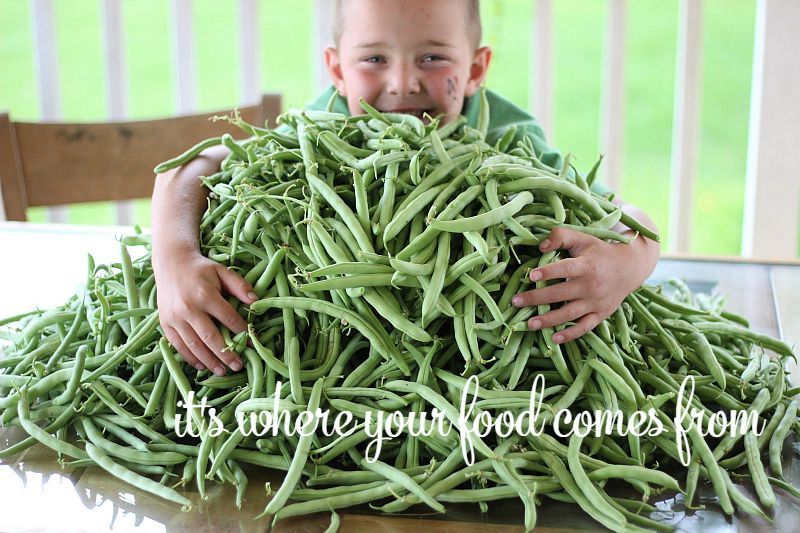
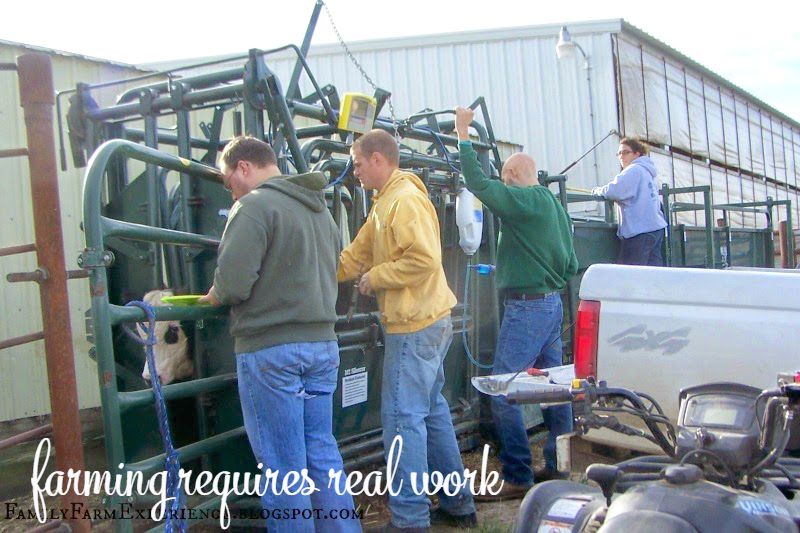
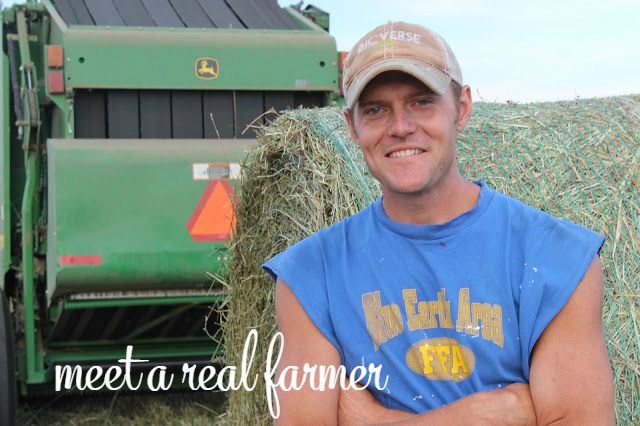
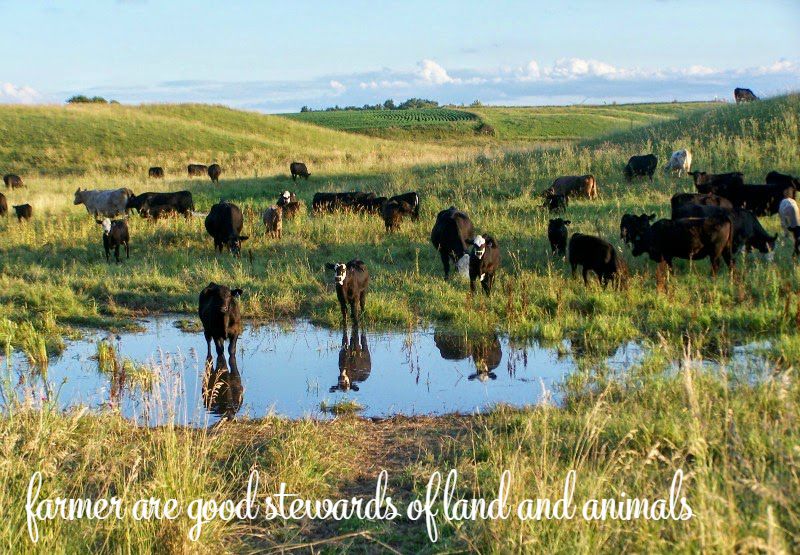
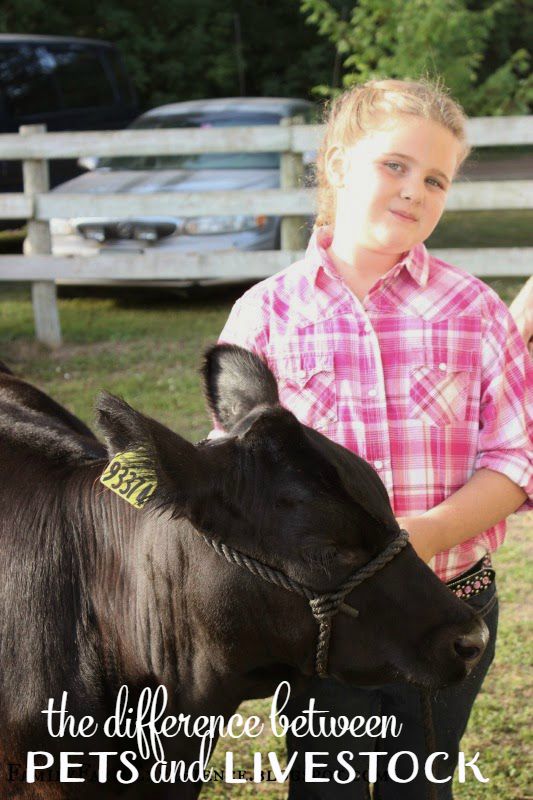
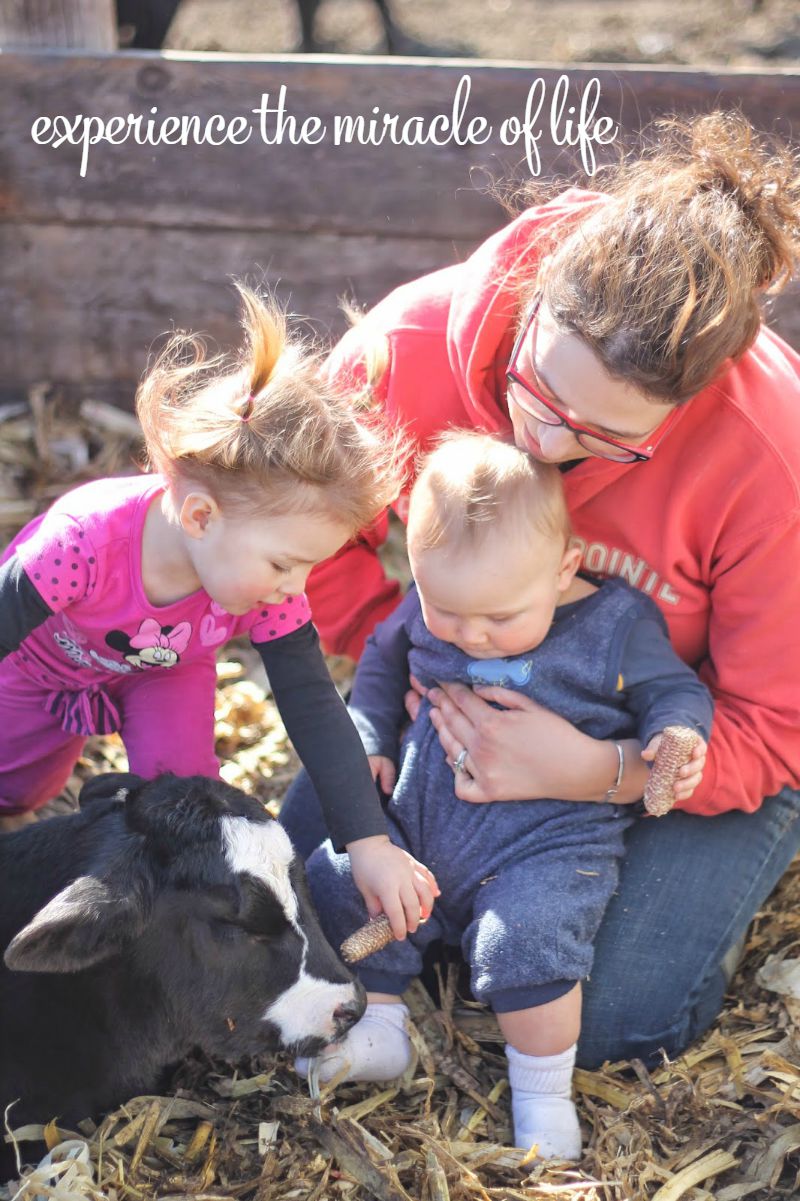
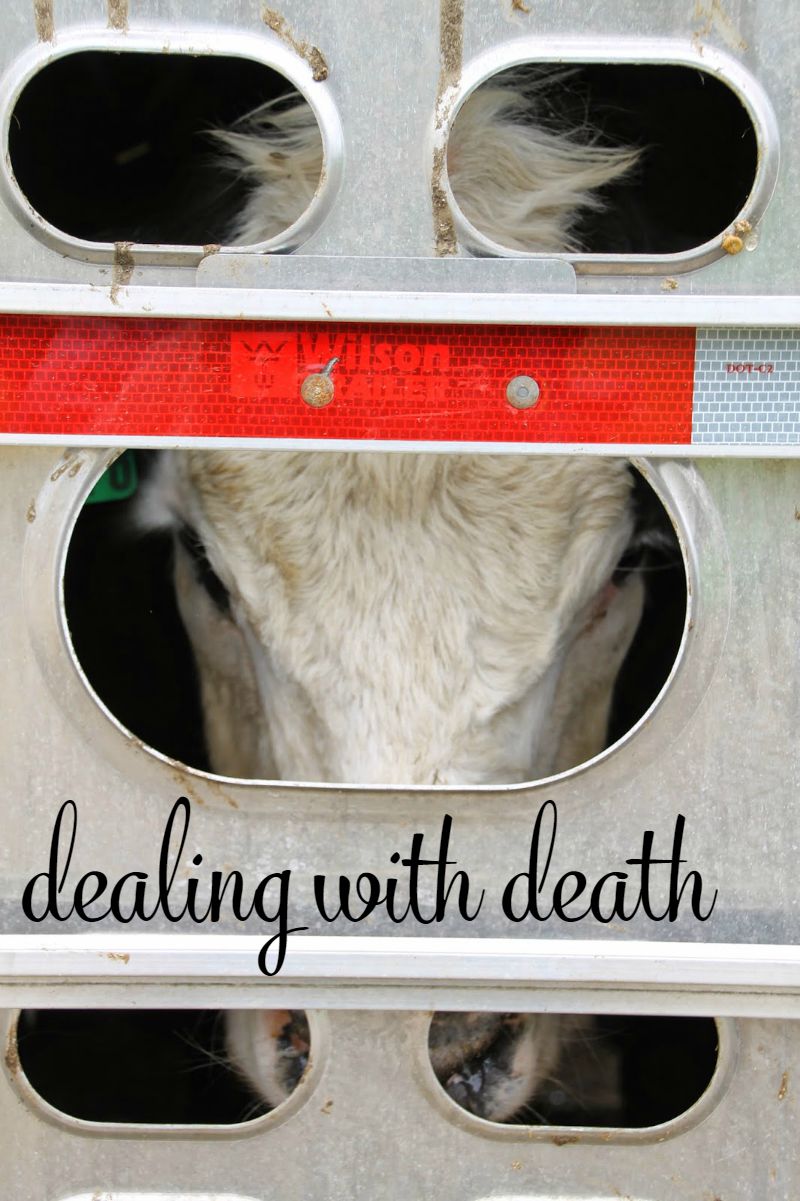
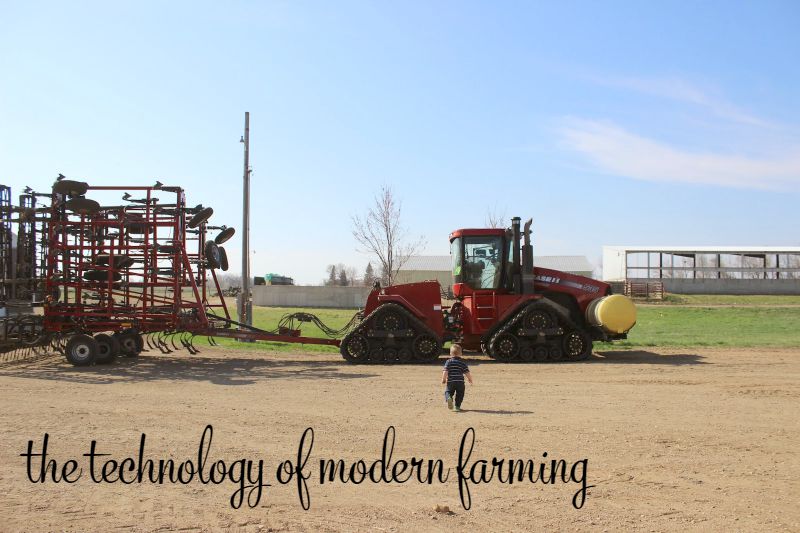
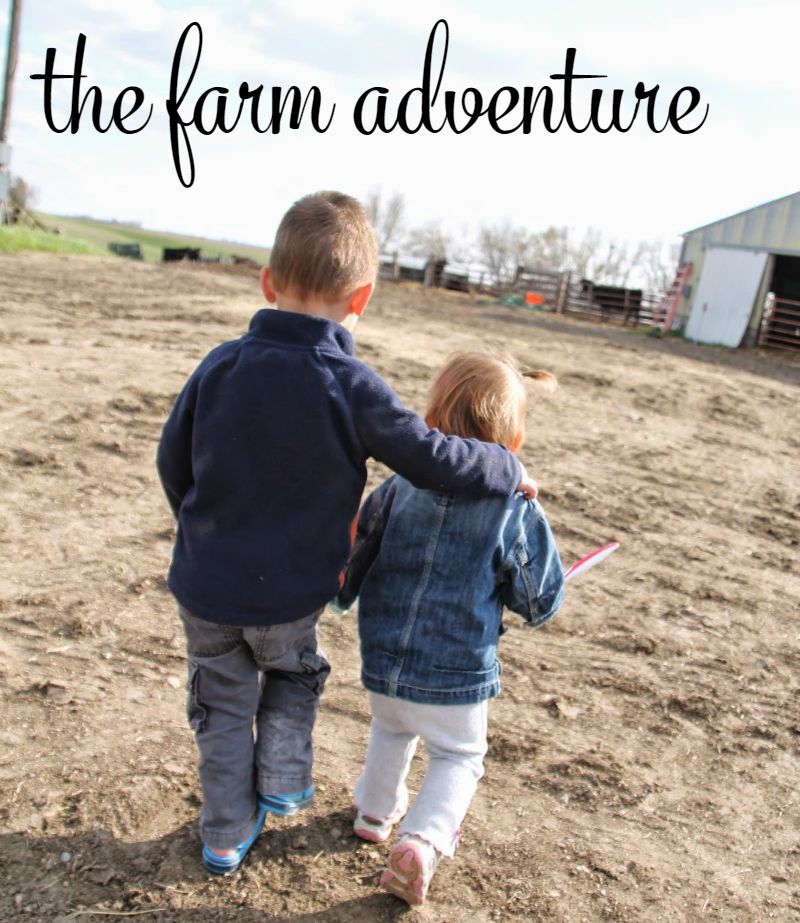
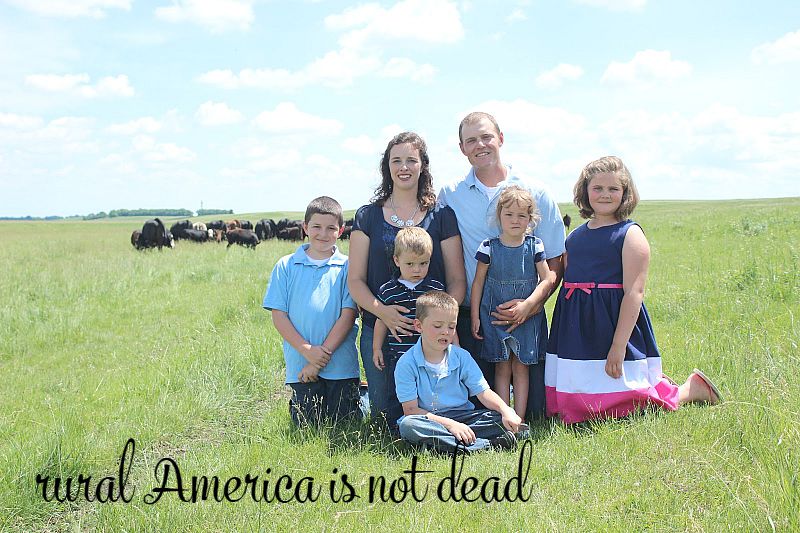
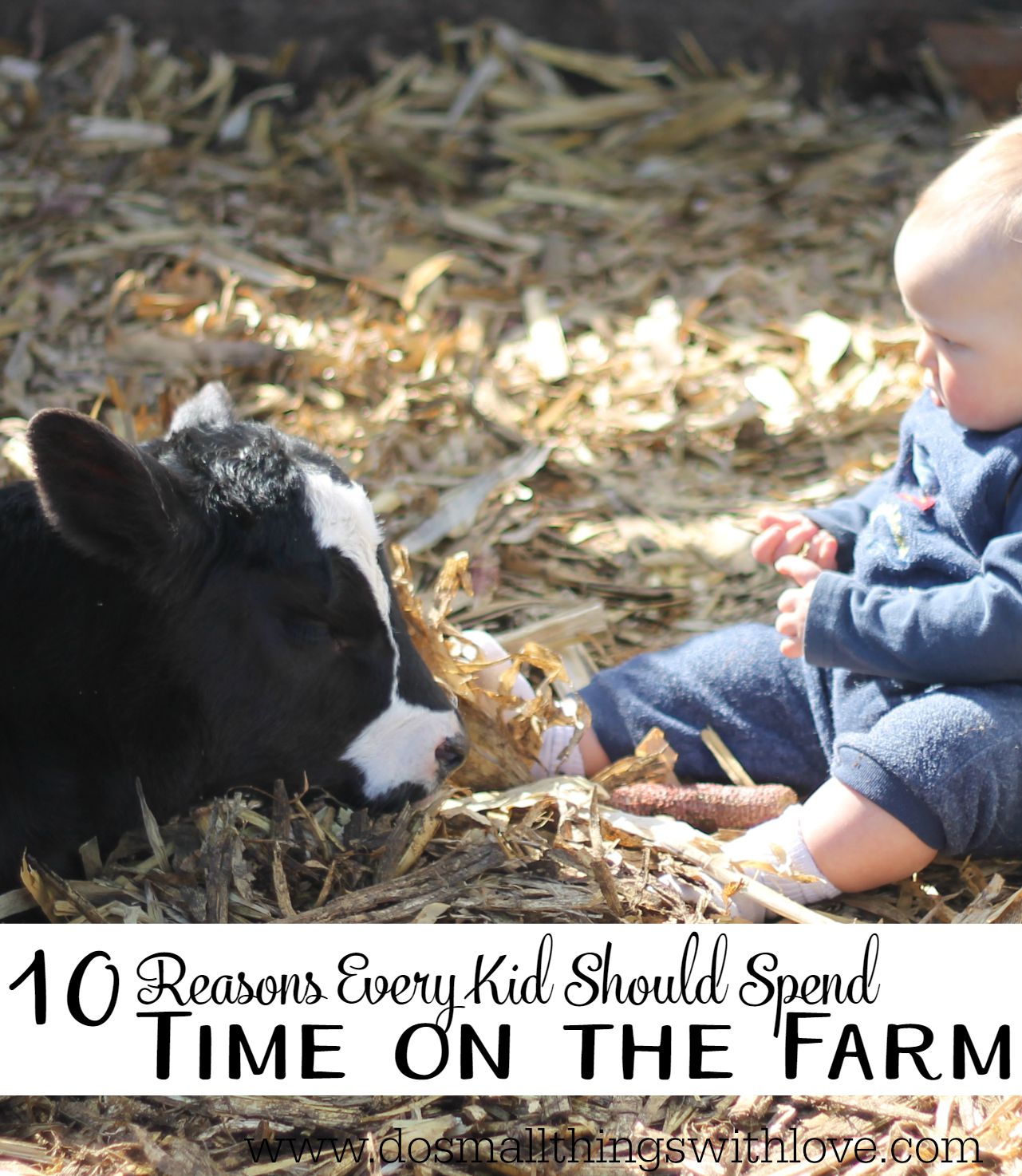
Nancy, thank you!
This is great! I know my kids love the time they’ve spent on the farm!
Wow
That’s a great activity to do with the kids.
Having nice quality time in nature while learning.
Love gardening and growing!
Thanks for sharing so wonderful post.
I totally agree, children mus spend time on the farm and learn the basic and down to earth life.
So nice to have. 🙂 thannks for the good post.
I buy local beef from a farmer when i visited the farm that raises grassfed, pastured beef. It ismyummy. I can’t get amwhole or even a half yet, but would love to. I too, just got a deep freeze and l.o.v.e. it.
Great read Nancy. I wanted to name my best of the 10 points, but every one is spot on excellent.